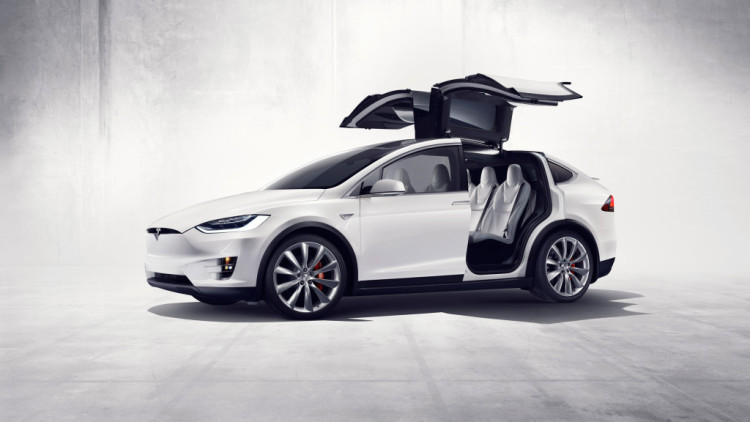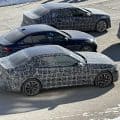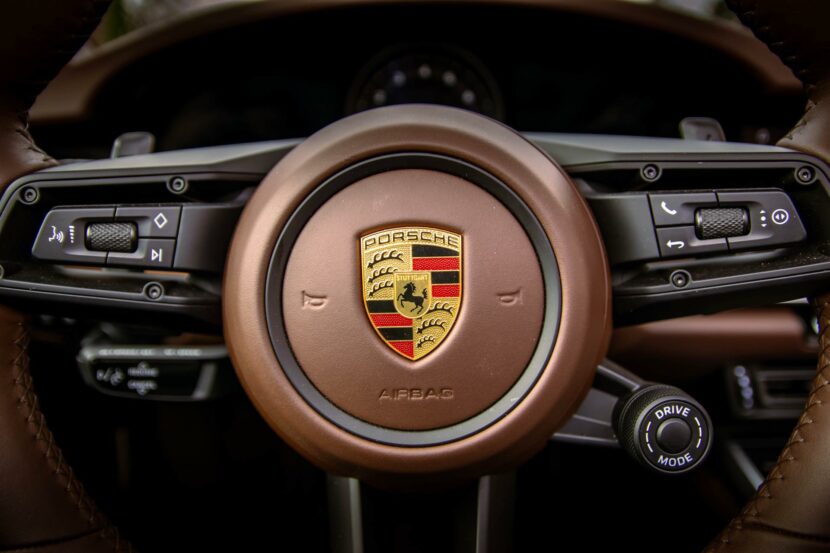The Frankfurt Motor Show that recently passed showcased a new electric vehicle from each major German automaker except for BMW. Audi debuted its cool-looking e-tron Quattro Concept, Porsche showed its gorgeous and mighty Mission E and Mercedes-Benz had its strange yet tantalizing IAA Concept. All of these cars are meant to be the flagship EV models for each respective brand. All of them boast a decent range, of around 250-310 miles or so, and good performance. All of these cars are not yet scheduled to be released for at least a couple of years. But the company from Silicon Valley, Tesla, has had cars like this for quite some time and it seems like it might be far ahead of where the Germans are, technology wise.
Tesla most recently debuted its Model X SUV with its silly Falcon Doors and Ludicrous Mode acceleration. The automotive world went crazy when it saw the Model X. Its 250 mile range, 3.2 second 0-60 mph acceleration and fancy cabin tech make it seem as if it could be one of the best EVs, if not the best, on the market. If that’s the case, Tesla is the undisputed king of the EV and is leaving the Germans in its wake, as each German car set to compete with Tesla isn’t even out yet. So it would seem that the Germans are just chasing Tesla’s coattails. But is that really the case?
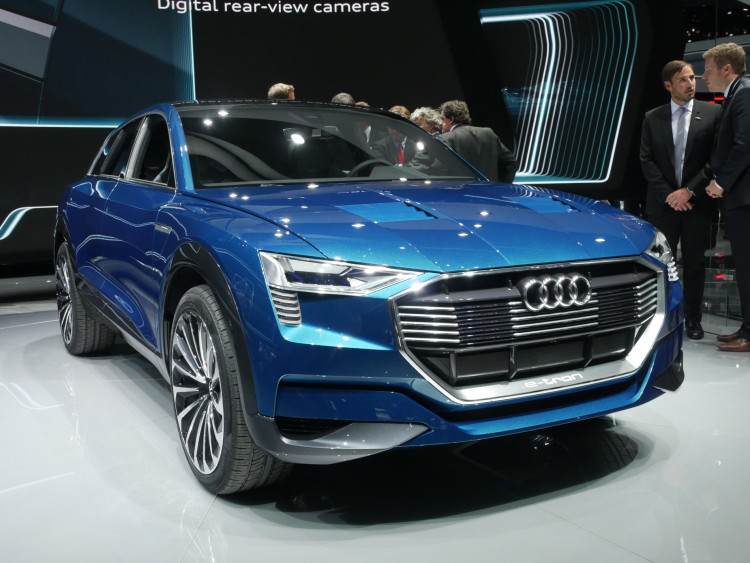
There’s no doubt that what Tesla did with the Model S and Model X is exceptional work for today’s current world. But are they really cars meant for the future? Elon Musk and Tesla are building Supercharger networks all over both the country and the world. These Superchargers are meant to charge most of the battery up in only 30 minutes, giving its cars a further overall range. But is that really enough? 30 minutes is a still long time to refuel a car and it shows the current ceiling on battery technology.
Another issue with claiming Tesla to be the undisputed king of the EV is that Tesla’s cars are great now, but what about in the future? The Germans seem to be creating their cars for the future. The Audi e-tron Quattro uses Audi’s latest lightweight architecture and new battery technology to give it a range of 310 miles in an SUV that is both bigger and more luxurious than the Model X. BMW’s i Division is exploring lightweight chassis technology and new battery technology as well and is making its chassis’ out of carbon fiber. Porsche’s Mission E is toying with 800-volt charging capabilities, which would allow a full charge in 15 minutes. 800-volt charging isn’t currently available for most homes, but the idea is to create cars for the future. All three of those cars will be debuting far after the Model X has been out, and even received a couple of Tesla’s Over-The-Air updates, but they’re all developed for the future, to help rid the EV of its current shackles, not for today’s current world.
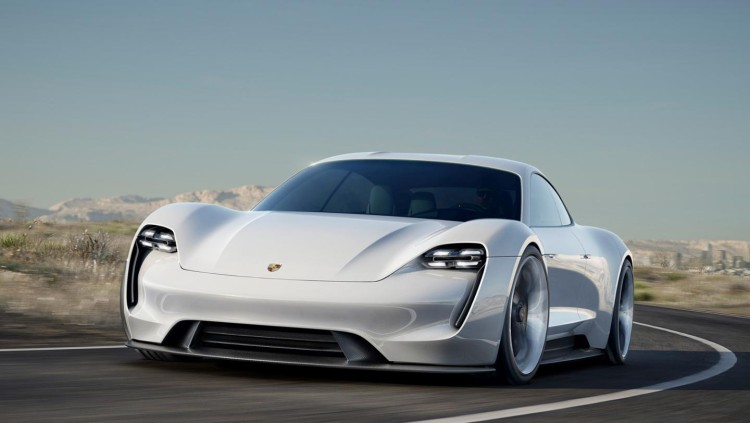
The Tesla Model S and Model X are very impressive, but only on paper. In reality, both vehicles are massive and heavy, built on old-school style platforms with only massive battery packs stuffed in them to give them their range. There’s not nearly as much clever engineering going on as there is in the German’s and there’s nothing to say that they are our future. They use current charging technology, dated battery tech (in comparison to the Germans) and they’re too heavy to be efficient. Saying they are ultra efficient because they have a massive battery is like taking a Ram 2500 diesel, turning its bed into a massive fuel tank and claiming its ultra efficient because it can drive a million miles. That’s essentially what Tesla does with its cars, by stuffing them with massive battery packs, making them big and heavy, and calling them the future.
The Germans might not have competitive cars at the moment, but the cars all big German companies are working on are cars designed to eliminate the issues of today’s current EVs; range, charging and lightweight technology. Tesla’s cars are excellent right now, but Tesla will need to step its game up massively, with much lighter weight chassis’ and far better range and charging numbers, in order to keep up with what the Germans create in a couple of years.



